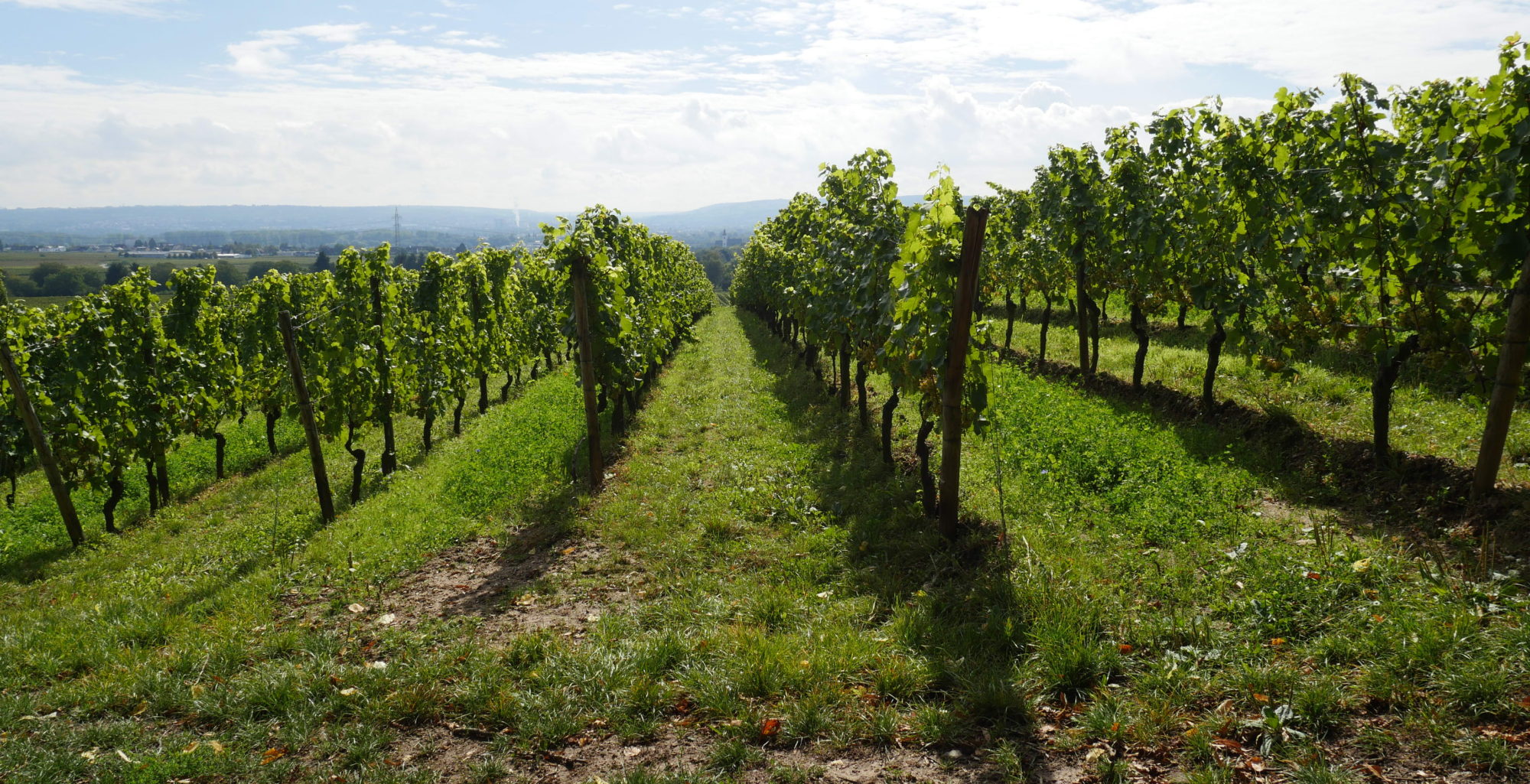
Details can be found on the webpage of the Cava Regulatory board
At harvest yield is limited to 12000 kg/ha. Pressing of max 66% of the primary juice or 100 liter/150 kg grapes is allowed to be used for Cava production. However for Cava de Paraje only 8000kg/ha can be used and at pressing only 60% can be used for Cava.
The juce from different grapes is fermented to a primary base wine. The base wines are is mixed to a base wine cuvé must have a alcohol content between 9,5 and 11,5%.
A second fermentation is used to raise the pressure above 3,5 Bar. Sugar and yeast is added to allow the pressure in the bottles n to be raised. Classic Method must be used.
Cava Quality classes
To be allowed to be called Cava the bottle with wine will have to be stored on the lies for at least 9 months.
Cava Reserva requires storage of the bottle with wine on the lies for at least 15 months and for Gran Reserva 30 months. The new Cava de Paraje will require at least 36 months storage. Some producers store the wine for a much longer period. Date of production must be marked on the cork.

When it is over and it is time to prepare the bottle for the market the bottle are riddled and gradually raised to vertical position with the bottle neck down. This can be done manually with wooden pupitres or machines called Gyropalette. Removing the cork and the lies called degaugement can be done manually or the bottleneck can be frozen and the degaugement done with machines.
Before a new cork is put on, the loss of liquid is compensated. For a Brut Nature, wine from another bottle is used to replace the lost liquid. For all other liqueur de expedition is added also including the sugar dosage needed to reach the expected rest sugar content. The Liqueur de expedition may add surprises from a secret family recipe. However there are EU rules specifying what is allowed.
The ready Cava product will be controlled and blind tasted by Consejo Regulador before obtaining the expected control mark.







